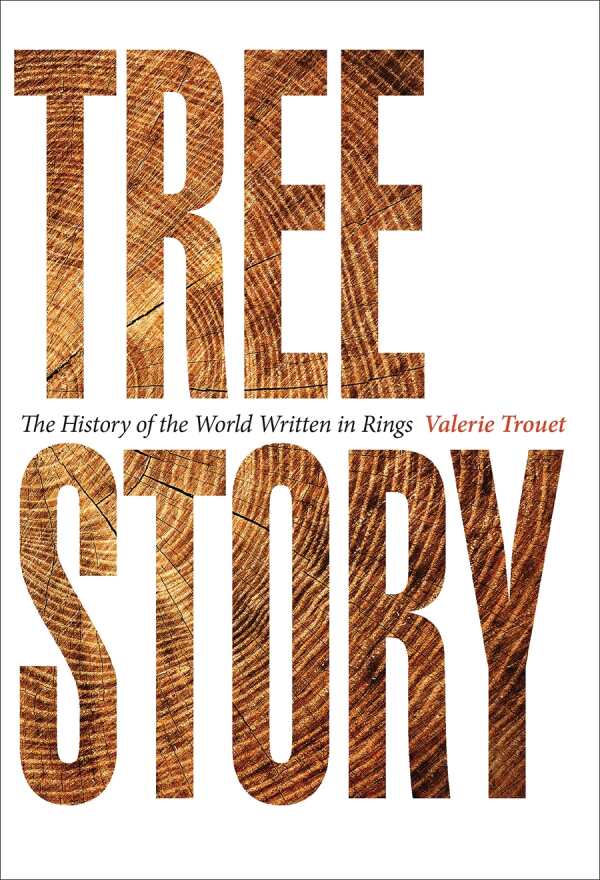Tree Story
The History of the World Written in Rings
- 2020 INDIES Winner
- Gold, Ecology & Environment (Adult Nonfiction)
Oh, the things we know by the way trees grow: about the planet’s climate over the past couple thousand years, about population fluctuation from ancient Rome forward, about solar radiation variations, atmospheric pressure systems, volcanic eruptions, wildfires, hurricanes and other extreme weather events, floods, droughts, and greenhouse gas emissions. Trees, we learn, have near perfect memories.
To tap the great trove of tree knowledge, we have dendrochronoglogists, the scientists who study tree rings. Short of what has survived in written form over the centuries, dendrochronologists have filled in numerous gaps to help historians and archaeologists solve vexing questions about war and conquest, epidemics and migrations, human greed and carelessness.
In her delightful Tree Story, dendrochronologist Valerie Trouet obliterates the layman’s notion that tree rings provide little more information than a tree’s age. Examples abound. She cites Mongolian tree ring research into the period between 1211 and 1225, showing that Genghis Khan went on his roll during the wettest decades of the past eleven hundred years, providing his cavalry’s horses expansive grasslands to feed on. She and a colleague sought to explain a dramatic dip in Caribbean shipwrecks between 1645 and 1715 and realized, through tree rings in the Florida Keys, that record low sunspot numbers related to cooler waters and, thus, far fewer hurricanes during that period. What trees can teach seems limited only by science’s ability to extract the information.
Reviewed by
Matt Sutherland
Disclosure: This article is not an endorsement, but a review. The publisher of this book provided free copies of the book to have their book reviewed by a professional reviewer. No fee was paid by the publisher for this review. Foreword Reviews only recommends books that we love. Foreword Magazine, Inc. is disclosing this in accordance with the Federal Trade Commission’s 16 CFR, Part 255.

